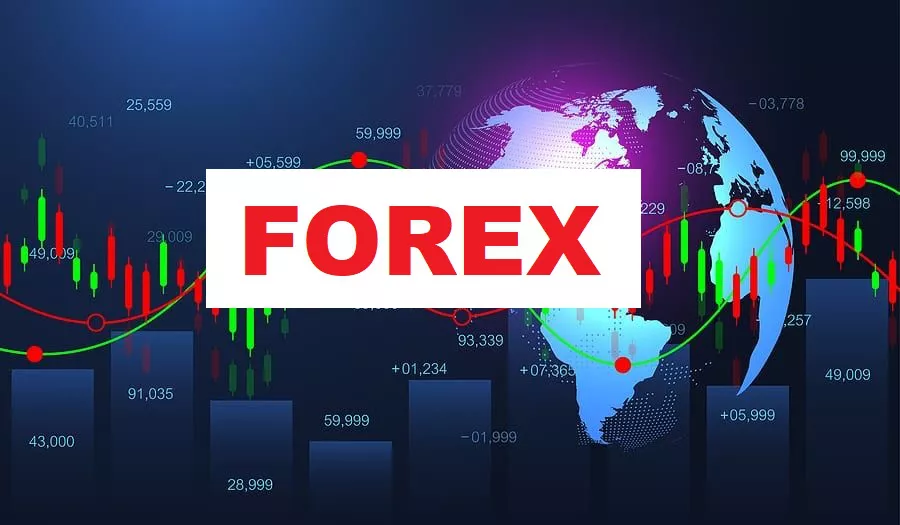On June 5th, the European Central Bank (ECB) held a monetary policy meeting in Frankfurt, Germany, and decided to cut the three key interest rates in the eurozone by 25 basis points each. This is the eighth rate cut by the ECB since June 2024. After this adjustment, the deposit facility rate, the main refinancing rate, and the marginal lending rate in the Eurozone dropped to 2.00%, 2.15%, and 2.40% respectively.
ECB’s Monetary Policy Statement
The ECB stated in its monetary policy statement that it is determined to ensure that the inflation rate remains consistently stable at the medium – term target level of 2%. Given the current situation with exceptionally prominent uncertainties, the ECB will adopt a data – based approach and make decisions at successive meetings to determine the appropriate monetary policy stance. The next monetary policy meeting of the ECB will be held in Frankfurt on July 24th.
Analysis of ECB’s Rate Cut
Zhang Monan, Deputy Director of the US and European Research Department of the China Center for International Economic Exchanges, highlighted that both internal and external factors have prompted the ECB to continue cutting interest rates.
Internal Factors
Declining Inflation: The inflation level in the Eurozone has continued to decline, indicating a slowdown in overall inflation, providing room for further rate cuts.
Weak Economic Outlook: Although the eurozone grew by 0.4% in the first quarter, higher than 0.2% in the previous quarter, the overall economic vitality remains weak. The ECB has lowered the overall economic growth rate for 2025, and the slowdown and stagnation of the economy provide room for monetary policy stimulus.
External Factors
US Tariff Policy: The tariff policy of the United States may intensify trade tensions between the US and Europe, putting further pressure on the Eurozone’s exports and corporate investments. To mitigate the negative impact of uncertainty on the economy, the ECB decided to cut rates in advance to deal with the possibility of further economic slowdown.
ECB President Lagarde’s Remarks
ECB President Christine Lagarde noted after the meeting that trade tensions might reduce economic growth in the eurozone, and the increase in tariffs would make European exports more difficult. She emphasized that the ECB is closely monitoring the impact of trade tensions on the economy.
Impact of US Tariff Policy on Europe
Zhang Monan analyzed that the US tariff policy will put multiple pressures on the European economy:
Declining Exports: The competitiveness of European manufacturing, especially in key industries such as automobiles and steel, will be directly impacted by US tariffs, leading to a decline in exports to the US and affecting overall economic growth.
Inflation Pressure: Tariff pressure may intensify the overall level of inflation in Europe.
Supply Chain Disruption: Tariffs may lead to disorder in the global production and supply chain. Trade protectionist policies will force European enterprises to re – evaluate or adjust their supply chain layouts, increasing short – term costs and making the supply chain more vulnerable.
Future Regulatory Focus
Zhang Monan believes that the next regulatory focus of the ECB lies in dealing with the uncertain external situation. The end of the rate cut cycle, as Lagarde suggested, remains uncertain. The global production and supply chain, especially Europe’s export – related industries, may be impacted by the US tariff policy, further increasing inflation levels in Europe. The ECB’s 2% inflation target means that future inflation and economic growth pressures will be the focus of monetary regulation. While the monetary easing policy may face certain pressure, the economic drag may cause the ECB to pay attention to the possible economic slowdown trend in the future when adjusting its monetary policy.
Related Topics:


































